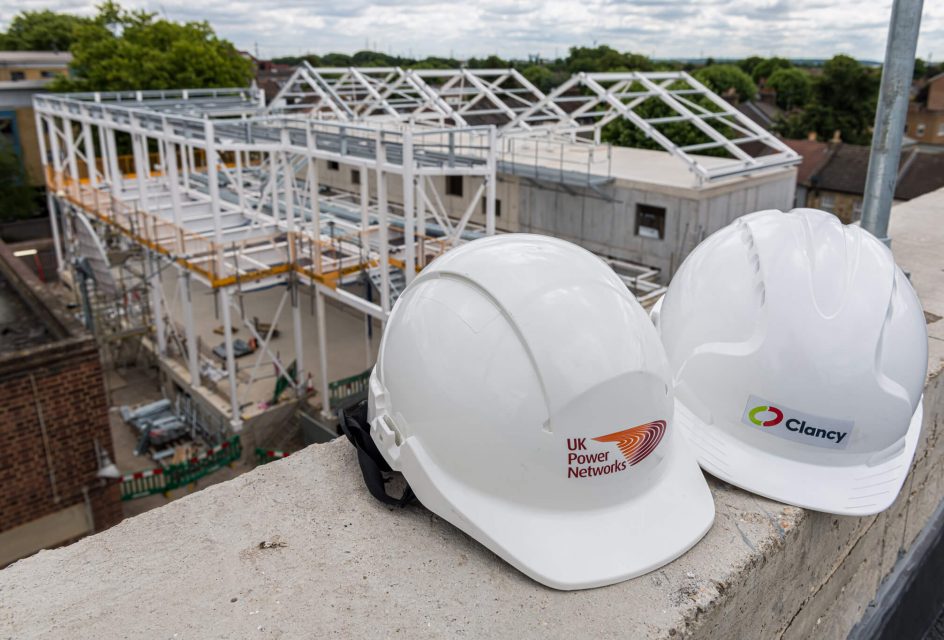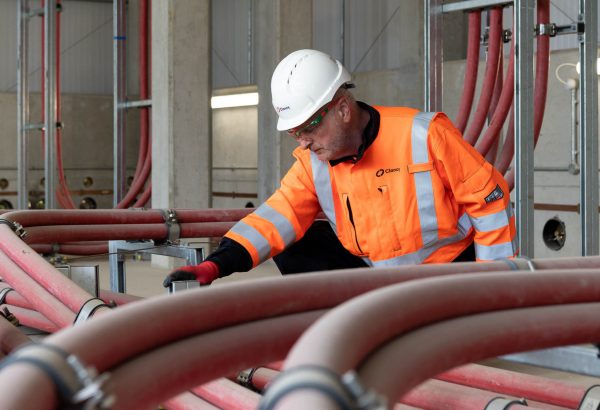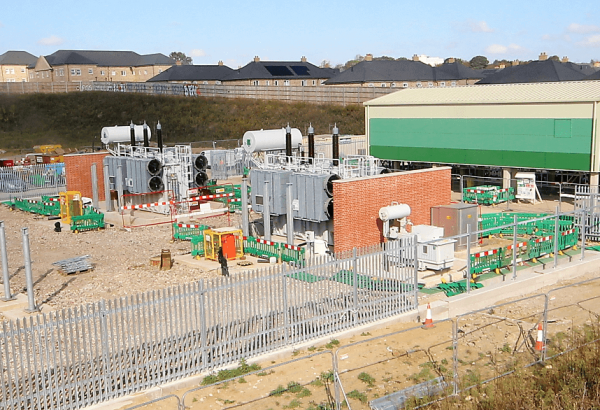This website uses cookies so that we can provide you with the best user experience possible. Cookie information is stored in your browser and performs functions such as recognising you when you return to our website and helping our team to understand which sections of the website you find most interesting and useful.

Case Study
UK Power Networks – Nelson Street Substation
3 x 132kv
Transformers delivered
Demolition
of existing substation
400
metres of cabling removed
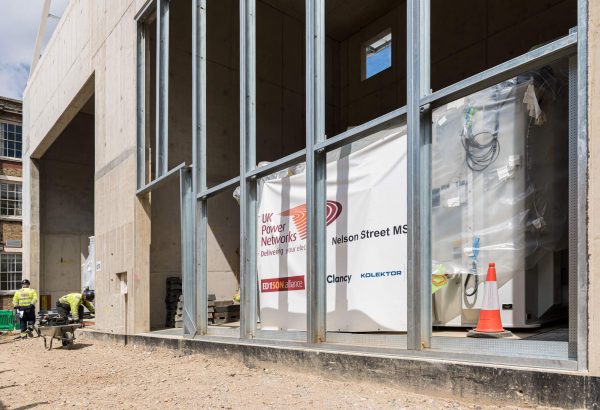
Upgrading the energy network in East London
Nelson Street Substation – As London’s East End sees further renewal and redevelopment, Clancy is working with UK Power Networks to upgrade the energy network with a new substation in a busy urban location at Nelson Street in East Ham.
Once complete, the project will deliver, install and connect three 132kV transformers inside a newly constructed substation, as part of UK Power Networks’ long-term project to provide a modern, resilient network which will support new housing and electric vehicle charging in the area. The project
involved demolishing the existing substation, including diverting live cabling and removing 400 metres of redundant cabling, and the construction of a new substation on site.
Each transformer weighs 54,000kg, that meant deploying a large lorry loader with a vehicle crane in busy streets and safely transferring the equipment with specialist lifting machinery. This manoeuvre was planned with approval of all local stakeholders including TfL and Newham Council.
Andy Cherrett
Project Manager
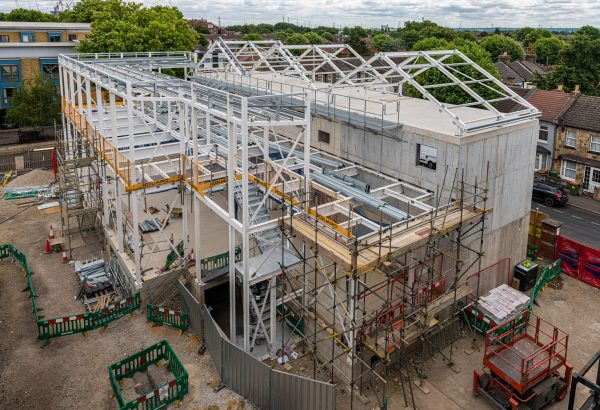
A live site
The site sits in the heart of East Ham, requiring sensitive and careful management to keep businesses and homes connected during the project.
Andy Cherrett, project manager at Clancy, explains “The nature of the site – in a busy residential area– meant that we have needed to be cautious when dealing with live cabling that sits closely alongside other infrastructure services underground.
“We used state-of-the-art cable tracing equipment to make removing the existing cables as safe and efficient as possible. The machine scans the area and helps the team to locate cables easily and safely. Working with the UK Power Networks team, we were able to remove or divert all circuits running through the proposed construction area, which allowed us to complete that aspect of the
project on time and to a high standard.”
Clancy also made alterations to the project design to minimise risk, especially when the creation of the new substation required a massive 40 metre by 35 metre excavation at a depth of 2.5 metres – equating to 3,500 cubic metres of removed soil. Andy continues, “any excavation work required within a live substation is always a challenge in itself, but to find the room to facilitate an excavation of this extent was an extremely difficult task due to the clusters of existing services underground in this type of location. We used trial holes to initially expose the underground cables and sheet piling and allow us to reach the required depth of the building. The scanning equipment was used throughout this process to ensure the safety of our team at all times. All of this was closely monitored and managed by our site manager Amar Khera.”
Project photos

Greeting the neighbours
The new substation is based in a built-up area with a number of local stakeholders and residents – a fact that created an extra logistical challenge when the team needed to deliver and fit the three new
132kV transformers.
“Each transformer weighs 54,000kg,” Andy continues. “That meant deploying a large lorry loader with a vehicle crane in busy streets and safely transferring the equipment with specialist lifting machinery. This manoeuvre was planned with approval of all local stakeholders including TfL and Newham Council. We worked closely with our stakeholders to keep them informed of our timings for the delivery of the three transformers, which required us to close part of the road due to the size of the plant.
“We prioritised keeping residents informed of our plans and potential impacts throughout this part of the project, door knocking and passing on as much information as possible to all those affected. We managed to re-sequence the programme and complete work ahead of schedule which meant we
could reopen the roads six days earlier than initially planned, making the council and our neighbours very happy.
“Overall, this was just one example of needing to be sensitive to the local community throughout the build programme. We needed to make sure we were constantly communicating with our neighbours to keep them updated on the works and how it would impact them. We were very aware of not being
too noisy and keeping disturbances to an absolute minimum. Using sensors to monitor noise and vibrations, we could make sure we were at acceptable levels at all times.”
Once complete, the substation will connect onto the recently completed cable replacement scheme from Nelson Street to Beckton Tee Point as part of a wider project of upgrading the network in east London, providing a resilient and efficient energy system to support the population of the capital’s future.

